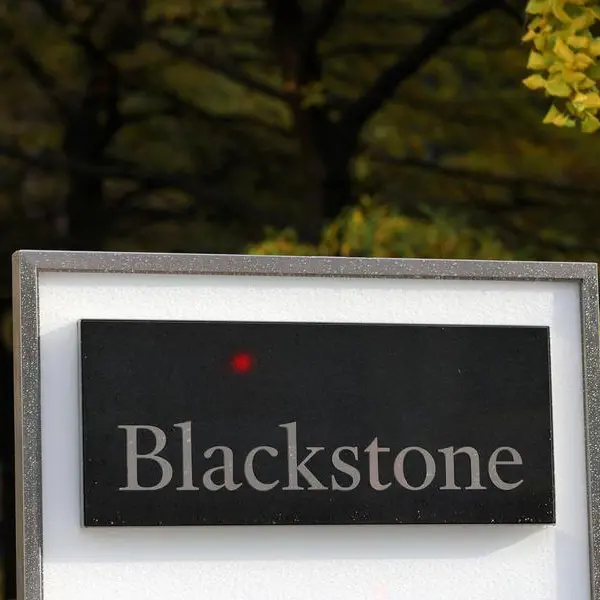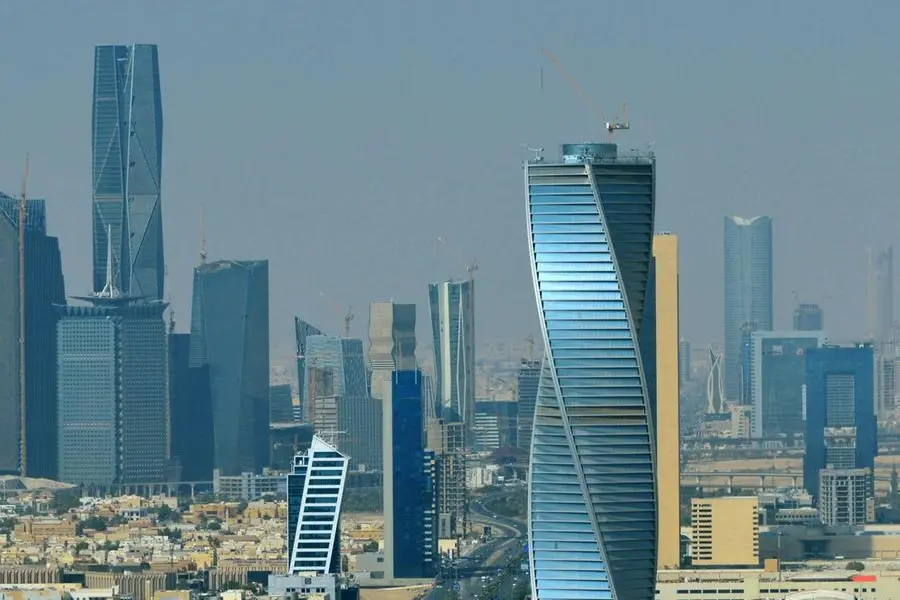10 September 2015
JEDDAH: The slowdown in loan growth at Saudi Arabian banks reflects a deteriorating operating environment, says Fitch Ratings. Total sector loans were up an annualized 10 percent in the first half of 2015, compared with 17 percent in H1, 2014.
"We expect credit demand to hold steady at these lower levels to end-2015, and slightly lower growth in 2016.
New lending has traditionally been to government and oil-related projects, and, more recently, to the retail sector. The slowdown reflects general pressure on Saudi Arabia's economy, which is heavily dependent on oil," Fitch said in its report.
Credit volumes are important for Saudi banks, which rely heavily on net interest income to support revenue growth. Slacker loan growth will put pressure on overall profitability. But banks are likely to offset lower lending contributions with further efficiency improvements, and to a smaller extent stronger income from securities portfolios. The sovereign issued its first medium-term bonds since 2007 in June and is issuing monthly from August to the end of the year. Maturities will vary from three to seven years, giving banks an alternative to traditional and less remunerative short-term treasury bills.
In addition, the domestic policy rate, currently 0.25 percent, is likely to rise if the US Fed raises its rates due to the riyal's peg to the dollar. This will push up rates on domestic commercial and consumer lending, allowing banks to widen margins because a large proportion of deposits are not remunerated. But a Saudi Arabian Monetary Agency working paper from May 2015 warns that a 1 percent rise in the interbank SIBOR rate not our base case would result in stagnant loan growth during the quarter immediately after the rate shock. This would be bad news for the banks.
Positively, there are no real signs of asset-quality deterioration. Impaired loans were holding steady at 1 percent of total sector loans at end-June.
"We expect some deterioration, particularly in the contracting and construction sector, and also in retail portfolios over the next 18 months. We believe banks will tighten underwriting standards in response. Capital ratios are holding up, particularly in light of slower growth and strong internal capital generation," the Fitch report said.
The Saudi banking sector is scored 'a' on our banking system risk indicator, denoting very high standalone strength. This is the highest score among GCC peers and below only Australia, Canada and Singapore.
JEDDAH: The slowdown in loan growth at Saudi Arabian banks reflects a deteriorating operating environment, says Fitch Ratings. Total sector loans were up an annualized 10 percent in the first half of 2015, compared with 17 percent in H1, 2014.
"We expect credit demand to hold steady at these lower levels to end-2015, and slightly lower growth in 2016.
New lending has traditionally been to government and oil-related projects, and, more recently, to the retail sector. The slowdown reflects general pressure on Saudi Arabia's economy, which is heavily dependent on oil," Fitch said in its report.
Credit volumes are important for Saudi banks, which rely heavily on net interest income to support revenue growth. Slacker loan growth will put pressure on overall profitability. But banks are likely to offset lower lending contributions with further efficiency improvements, and to a smaller extent stronger income from securities portfolios. The sovereign issued its first medium-term bonds since 2007 in June and is issuing monthly from August to the end of the year. Maturities will vary from three to seven years, giving banks an alternative to traditional and less remunerative short-term treasury bills.
In addition, the domestic policy rate, currently 0.25 percent, is likely to rise if the US Fed raises its rates due to the riyal's peg to the dollar. This will push up rates on domestic commercial and consumer lending, allowing banks to widen margins because a large proportion of deposits are not remunerated. But a Saudi Arabian Monetary Agency working paper from May 2015 warns that a 1 percent rise in the interbank SIBOR rate not our base case would result in stagnant loan growth during the quarter immediately after the rate shock. This would be bad news for the banks.
Positively, there are no real signs of asset-quality deterioration. Impaired loans were holding steady at 1 percent of total sector loans at end-June.
"We expect some deterioration, particularly in the contracting and construction sector, and also in retail portfolios over the next 18 months. We believe banks will tighten underwriting standards in response. Capital ratios are holding up, particularly in light of slower growth and strong internal capital generation," the Fitch report said.
The Saudi banking sector is scored 'a' on our banking system risk indicator, denoting very high standalone strength. This is the highest score among GCC peers and below only Australia, Canada and Singapore.
© Arab News 2015




















